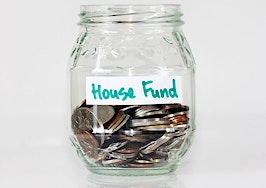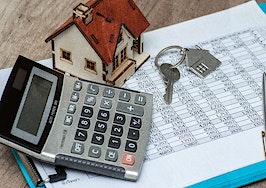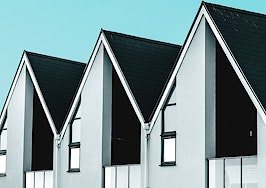Home price growth in January soared by 10 percent year over year, a rate of growth unseen since 2013.
According to the latest data from property analytics provider CoreLogic released on Tuesday, record-low mortgage rates and a nationwide inventory shortage came together to create an extremely competitive market despite the challenges posed by widespread unemployment amid the pandemic.

CoreLogic
That carried over into the first month of 2021, when double-digit home value growth was observed for the first time in nearly eight years. But while the sky-high growth can seem like a boon for homeowners, it is stalling the market for both buyers and sellers.
CoreLogic found that 76 percent of U.S. non-homeowners aged 18 or older have no plans to buy a home in the next six months and 43 percent said the primary reason for that was not being able to afford the down payment or mortgage.
“Record-low mortgage rates were a significant driving force behind last year’s rebound in housing market activity,” Frank Martell, president and CEO of CoreLogic, said in a prepared statement. “However, heavy competition for the few houses on the market drove home prices to historic highs, and mortgage rates are no longer enough to sway the affordability challenges for consumers. While new construction may help balance home prices towards the end of 2021, we may expect to see demand slow in the medium-term.”
As the pandemic pushed many city-dwellers into more rural areas, Idaho, Montana, Maine and Indiana saw some of the highest growth at 21 percent, 17.4 percent and a 15.3 percent tie, respectively. Already known for its sky-high prices, San Diego saw its average home rise by 11 percent while homes less than the average price rose even more.

CoreLogic
While many homeowners are holding off on placing their home on the market in the hopes of seeing prices grow even more, first-time buyers are feeling priced out and holding off on buying altogether. Part of the solution may come from new construction and development but, as CoreLogic found, the rates of both are simply not keeping up with the sky-high demand for both affordable and average-priced homes.
“Despite first-time buyers driving high demand, entry-level homes remain in short supply,” Dr. Frank Nothaft, chief economist at CoreLogic, said in a prepared statement. “Homes priced below 75 percent of the local median price had 14 percent annual appreciation, negating most of the benefits of record-low mortgage rates. When interest rates rise, the affordability squeeze for first-time buyers will become even more of a challenge.”








